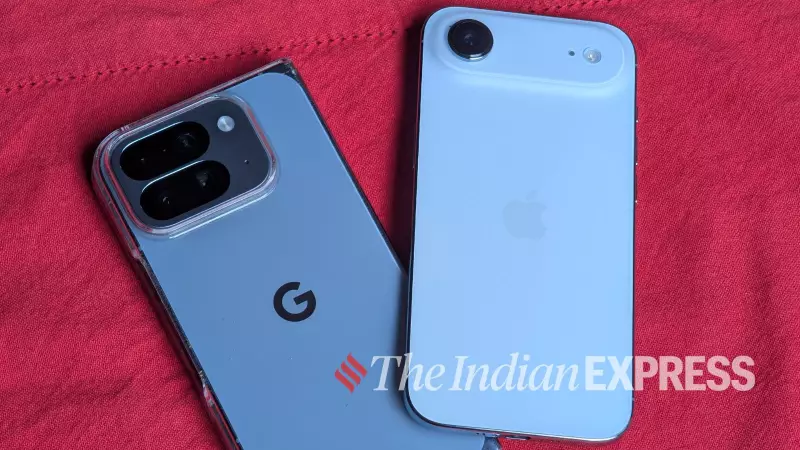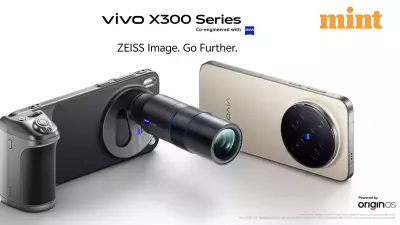
In a surprising move that has sent ripples across the tech world, Google has announced a groundbreaking feature for its latest Pixel 10 smartphones: the ability to transfer files directly to iPhones using Apple's proprietary AirDrop protocol. This development, confirmed in November 2025, represents a direct challenge to Apple's famously closed ecosystem, often referred to as its 'walled garden'.
How Google Cracked the AirDrop Code
For years, AirDrop has been a signature, exclusive feature for Apple users, allowing seamless and secure file sharing between iPhones, iPads, and Macs. It uses a blend of Bluetooth and Wi-Fi to create a peer-to-peer network, enabling transfers without an internet connection. Google's own alternative, Quick Share, serves a similar purpose for Android devices but has never been compatible with Apple's system—until now.
Google has managed to achieve this cross-compatibility without Apple's assistance. The functionality is currently available on the latest Pixel 10 devices, including the Pixel 10 Pro Fold and iPhone Air. In practical tests, the process works remarkably well. A user simply needs to enable Quick Share on their Pixel and set AirDrop to 'Everyone' on their iPhone. File transfers, such as photos, then occur wirelessly in a matter of seconds, with a pop-up notification appearing on the iPhone to accept the incoming file.
Google emphasizes that the connection is direct and peer-to-peer, meaning your data is not routed through any server, maintaining privacy. The technical foundation for this interoperability relies on the memory-safe Rust programming language, ensuring comprehensive safety for data during sharing.
The Driving Force: EU Regulations
The timing of this move is no accident. The key question is why Google chose to enable this 'unauthorized' compatibility now. The answer lies squarely with recent European Union regulations under the Digital Markets Act (DMA).
The DMA has compelled Apple to move away from its proprietary wireless protocols. Specifically, Apple was required to adopt the standardized Wi-Fi Alliance’s Wi-Fi Aware protocol starting with iOS 26. Since Apple helped develop Wi-Fi Aware, it is supported on iPhone 12 and later models. This regulatory shift is what technically opened the door for Google to build a bridge between Quick Share and AirDrop.
This is not the first time the EU has pressured Apple to open its ecosystem; the mandated introduction of RCS (Rich Communication Services) for better messaging with Android devices was a previous example. The wall around Apple's garden is indeed showing cracks.
What This Means for Apple's Walled Garden
Apple's business model thrives on its integrated ecosystem. Features like AirDrop, iMessage, and the seamless connection between an Apple Watch and iPhone are designed to create a sticky user experience that discourages switching to Android. This 'walled garden' offers a smooth, controlled environment but limits cross-platform functionality.
Google's direct challenge to AirDrop's exclusivity strikes at the heart of this strategy. By breaking down one of the key convenience barriers, Google reduces a significant incentive for users to stay exclusively within the Apple ecosystem. While the feature is currently limited to the Pixel 10 series, Google has supported Wi-Fi Aware since Android 8.0, meaning the potential exists for this functionality to roll out to other Android devices via software updates.
Unanswered Questions and the Future
This bold step by Google raises several critical questions. When will other Android smartphone brands gain this capability? How will Apple respond? While Google has acted within the new legal framework established by the EU, Apple could potentially explore legal avenues to challenge this implementation.
Furthermore, this interoperability does not yet extend to Mac computers, as macOS does not support Wi-Fi Aware in the same way. The battle between open interoperability and closed, proprietary ecosystems is far from over. However, one thing is clear: in an era of increasing tech regulation, the walls of even the most fortified gardens are becoming more permeable, ultimately handing more power and choice to the consumer.





